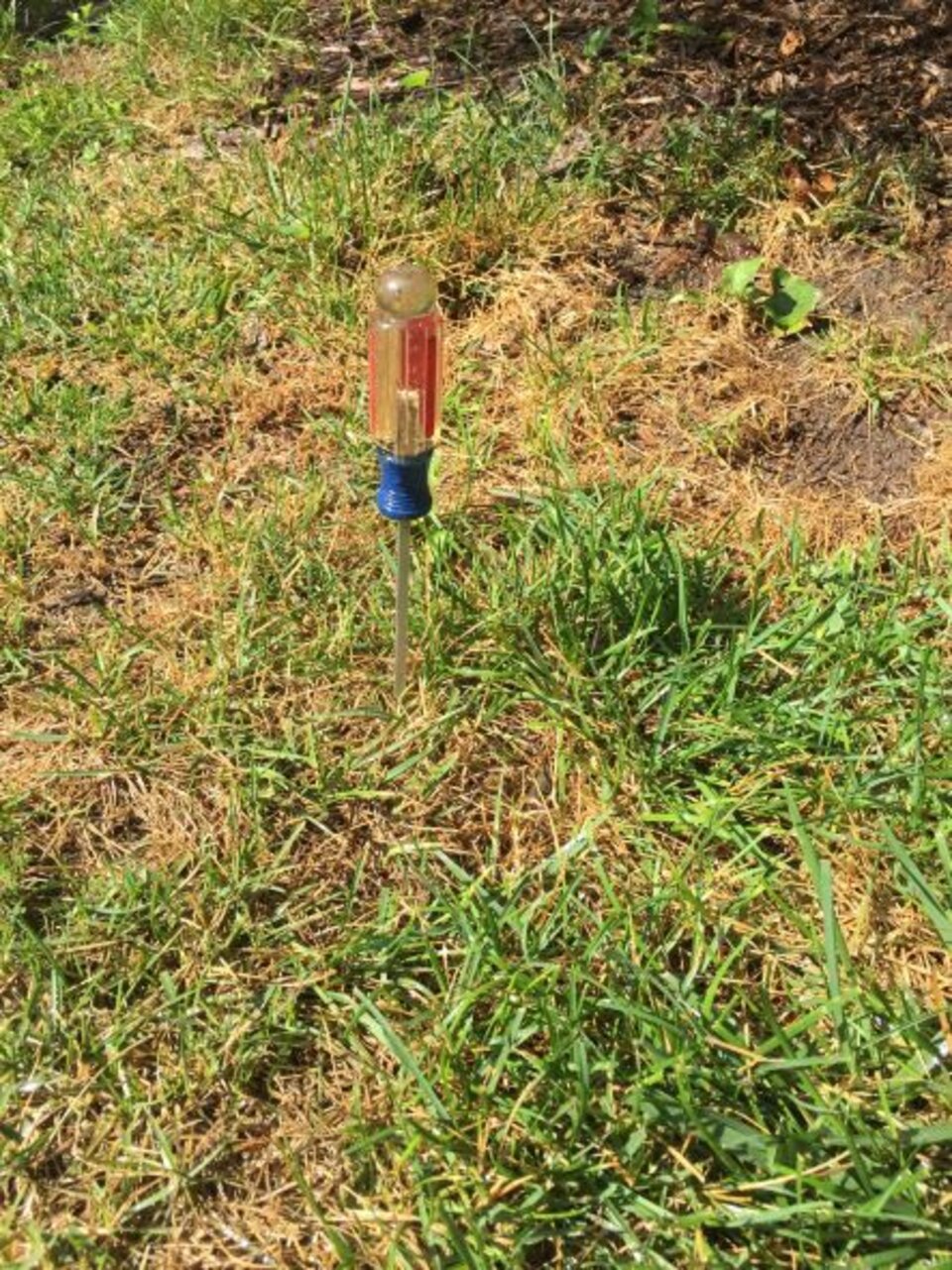Landscape Irrigation

Currently most of southeast Nebraska is in the ‘Moderate Drought’ level on the drought monitor. As we move into the spring and summer we could see the drought continue and irrigation will be critical.
Turf Irrigation
It is always important to keep your lawn irrigated through the season, especially in a drought. If you plan to irrigate your lawn through the season with an irrigation system, turn it on at the beginning of the season and watch it run to ensure all heads are working properly and aimed correctly. It is also helpful to do an irrigation audit to know how much water your system applies. Place catch cans (tuna cans, cat food cans, water chestnut cans) throughout the lawn and run the system through all cycles and measure how much is in each can after application. This will show how long to run the system to apply about 1 inch of irrigation per week; usually it’s best to run the system 2-3 times each week.
With automatic irrigation systems it is a good practice to turn the irrigation controller off through the season. Only turn it on manually when the grass shows signs of drought stress. When the lawn has a blue-green color instead of a nice green hue and footprints are left behind after walking across the lawn, it should be irrigated. If these signs are not seen in your lawn, you don’t need to irrigate yet. You can also determine the need for irrigation by pushing a screwdriver into the soil, if it goes in easily you don’t need to irrigate.
It is best to irrigate early in the morning to help reduce disease issues in the lawn. Watering in the evening or overnight increases the amount of time that the turf is wet while it is dark and cooler at night, which can lead to more disease problems. Watering in the morning allows the turf to dry out through the day.
Tree and Shrub Irrigation
Remember to water trees and shrubs in drought conditions as well, even the older more established trees will need a drink. Use a slow trickle from the hose or a sprinkler when watering trees. Let it run for about an hour for older trees. If it is a smaller or newer planted tree, it won’t need to be irrigated as long, only about 15-30 minutes each time. Tree irrigation should be done once every week or two, depending on how hot and dry it is. Irrigation for shrubs is similar to trees, but they don’t need to be irrigated as long each time. Once a week for about 15 minutes should be sufficient for most shrubs and perennial gardens.
You can use the screwdriver method to determine the need for irrigation around trees and shrubs just like using it in the lawn. Remember, irrigating turf is not the same as irrigating trees and shrubs. These plants have different irrigation requirements. Turf needs shallower irrigation more often than our trees and shrubs.
Another good practice to help trees with drought stress is a mulch ring around each tree to hold in moisture. The organic mulches such as wood chips are better than rocks or rubber mulches which do not hold any water and reflect a lot of heat back onto the plant. The mulch layer should only be about two to three inches deep and it should be as big as you are willing to make it around the tree, but at least one to two feet out from the trunk all the way around. Keep the mulch flat, don’t mound it up around the tree.
This article was reviewed by John Fech